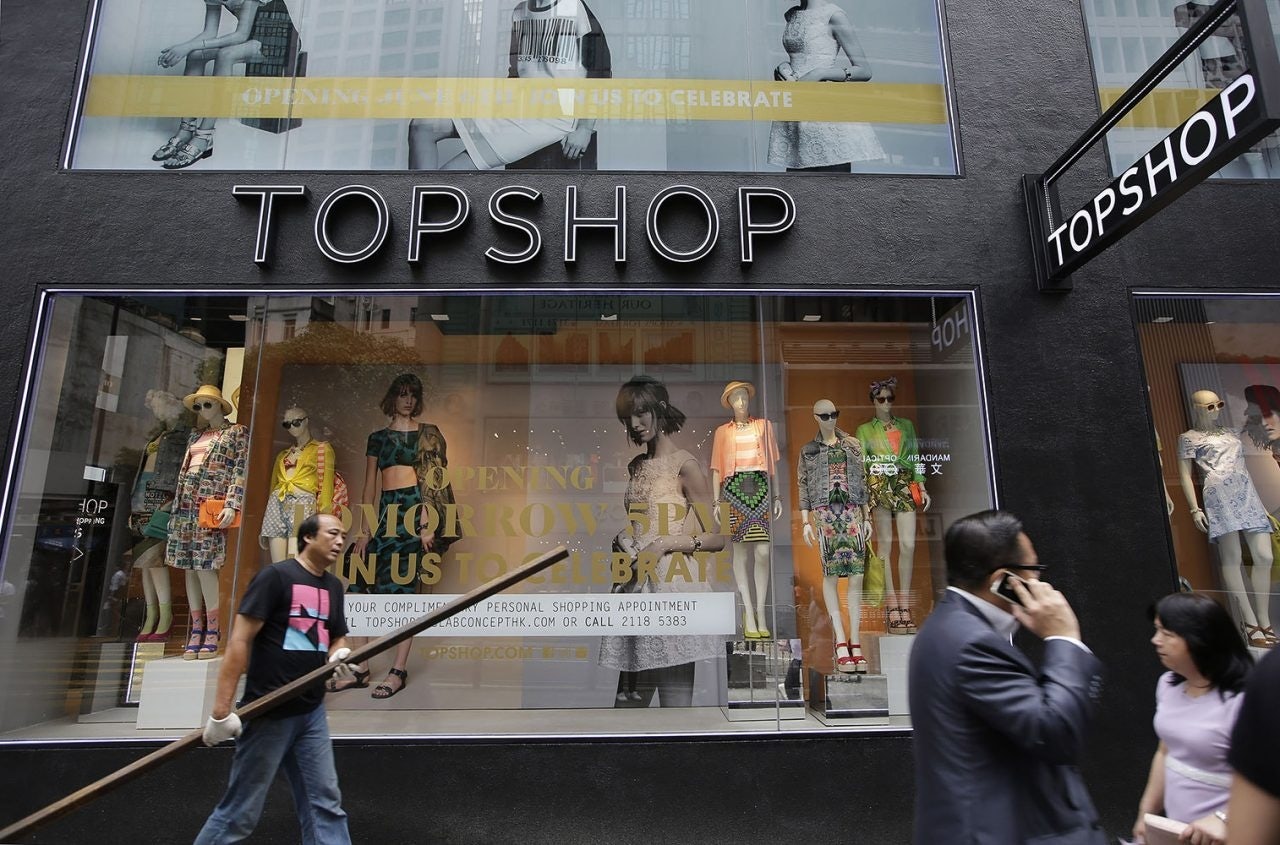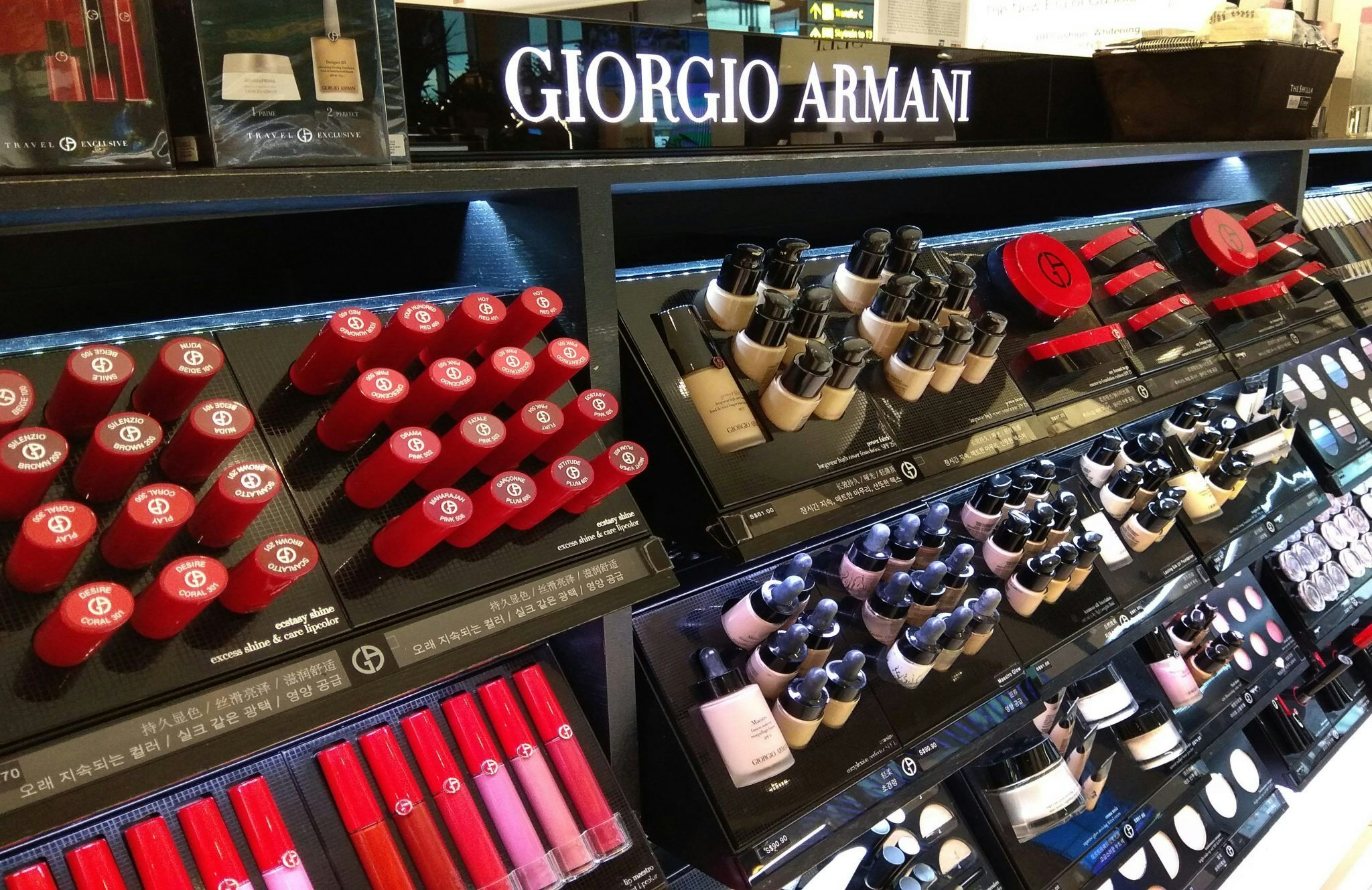Topshop, a British high-end fashion retailer (at the lighter end of luxury), will be opening its first brick-and-mortar store in Mainland China, the company announced yesterday. The three-story flagship will occupy more than 3,400 square meters on Shanghai’s Middle Huaihai Road (淮海中路) and is poised to be the largest Topshop store in the world. In Greater China, the UK retailer currently has just three physical stores, all of which are in Hong Kong and the first of which opened at the end of 2012.
Despite the lack of physical stores in Mainland China, Topshop started investing in online sales in the region much earlier. It formed an exclusive partnership with ShangPin.com in 2014, and Topshop’s apparel has been available online for Chinese customers ever since.
Topshop’s approach to entering the Chinese market is unusual – it’s not only arriving late (compared to Zara and Hamp;M, which arrived a decade ago), but it’s also partnering with a comparatively lesser-known online platform (e-commerce giants Alibaba and JD.com together account for nearly 80 percent market share).
With these disadvantages, will Topshop still be able to thrive in China’s cutthroat fashion market in 2018? The answer depends on three main factors.
1. Pricing
High pricing is what most obviously differentiates a luxury brand from a fast-fashion brand. Yet, with a growing number of limited edition collaborations between the two, and premium pricing on a select few items in fast-fashion stores, that line is increasingly being blurred. In 2015, The Guardian reported that a Topshop black velvet party dress – beaded and sequined with thistle embroidery – sold out in size 10 despite the hefty price tag of £895 (1,209).
By the end of 2017, however, Topshop had begun closing a series of brick-and-mortar stores in Australia and Spain due to unreasonably high prices, and the New York flagship store, which is close to Jing Daily’s office, even offered an unprecedented 70 percent off during the 2017 holiday season. At present, it is more important than ever for Topshop to set an appropriate price for Chinese customers – not too high to push them away, but not too low to erode its high-end value.
2. Social media marketing
Topshop is well-known for its digital marketing strategies across all kinds of social media platforms in the Western world: not only on Facebook, Twitter, and Instagram, but also on Pinterest, Tumblr, and Foursquare.
During London Fashion Week last year, it launched a #LIVETRENDS real-time social media campaign on Twitter that received nearly 4 million engagements, helping exceed its sales target by 75 percent. However, Topshop’s social media marketing effort in China is far less strong.
The brand’s official WeChat account is updated every one or two weeks and its Weibo account has not been updated since December 12 last year, which is far too slow for China’s hectic social media schedule and lightening fast-fashion trends. To succeed in China, it is imperative for Topshop to catch up with the Chinese social media world and keep Chinese customers updated. Launching a mini-program on WeChat would be a smart starting point.
3. Exclusivity
Shangpin.com, a member-only platform focused exclusively on selling fashion, seems a good fit for Topshop. Topshop was able to acquire an exclusive entry spot on the front page of Shangpin.com, which may not have been the case if it joined a more eclectic e-commerce platform, like Tmall, where a dizzying array of fashion brands is promoted.
By selling on Shangpin, Taobao seems to have declared its intention to be more niche and more exclusive than mass market brands. But member-only, luxury e-commerce platforms are changing fast in China, with Alibaba’s Luxury Pavilion and JD’s Toplife fighting furiously to dominate the space. Topshop should consider how it can do something utterly different on Shangpin.com to stay out of the fray.
Already, Shangpin.com claims to have “no time difference” (无时差) on all Topshop sales on its platform, which means all of the fashion brands' collections will debut at the same time globally. Given that commitment and Chinese consumers’ love on online shopping, one wonders if Topshop’s brick-and-mortar store in Shanghai will be able to keep up.


